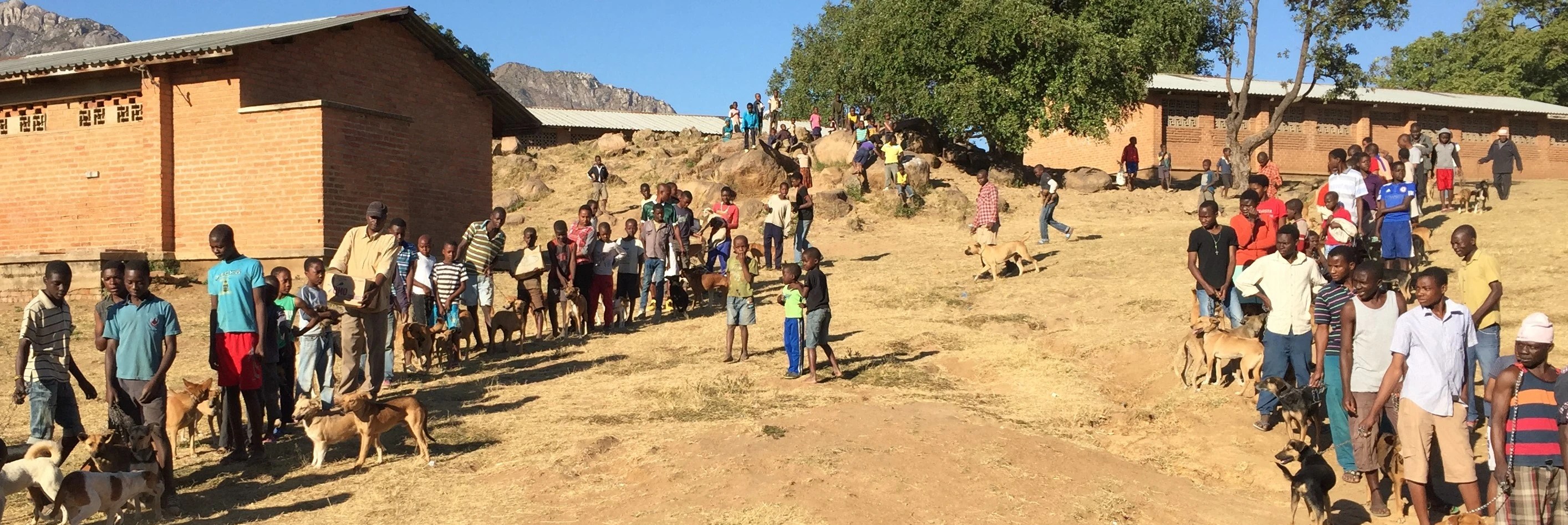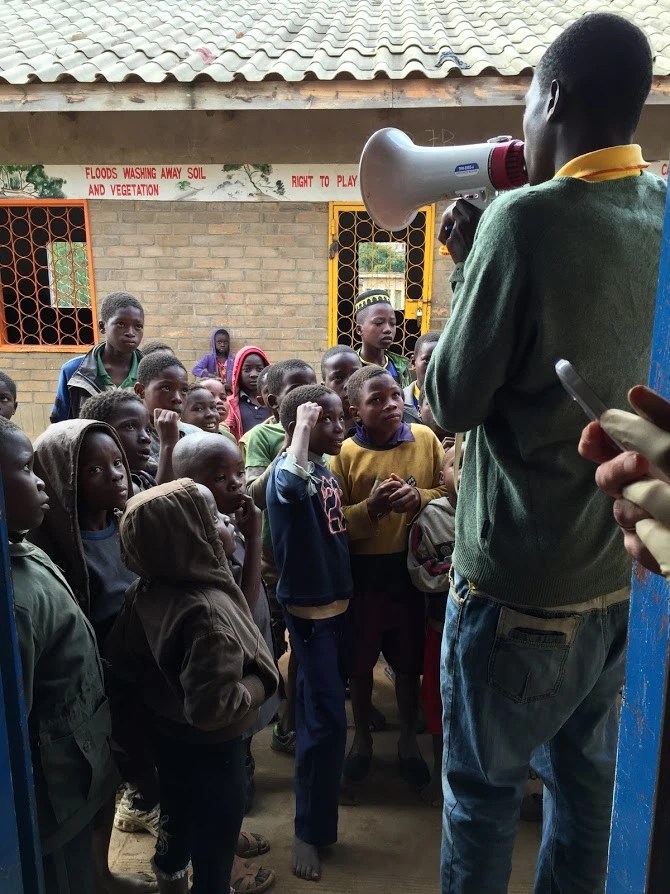Home \ Knowledge Hub \ Articles \ Rabies Elimination – What Will It Take?


10 May 2020
Rabies Elimination – What Will It Take?
SHARE

ALASDAIR KING
Executive Director, International Veterinary Health
It’s difficult to know just how many people die from rabies every year. Numbers such as 60,000 or 70,000 are often quoted. But we know this is an underestimation. We know a significant number of those affected don’t make it out of their villages, never see a hospital, are never counted. We know that this disease impacts the poorest people in the world, and that a high proportion of those are children. A disease that is as horrifying and cruel as any. What makes this even more frustrating is that we know how to stop it. The answer is, in many ways, remarkably simple. Vaccinate dogs. That’s all it takes. Just to vaccinate dogs.

Rabies impacts the poorest in the world and many of these are children. The disease is horrifying but we know how to stop it. It’s remarkably simple: vaccinate dogs.

Of course, “vaccinate dogs” is not quite as simple as it sounds. How do you establish how many dogs there are to vaccinate? How do you encourage people to get their dogs vaccinated? Are you best establishing vaccination centres so people can bring their dogs to you, or going door to door to find the dogs? And so on. There are a lot of questions.
There are tools to make this simpler. Over the last five years organisations such as the Centers for Disease Control and Prevention (CDC) have done an amazing job building modelling programmes so that governments and NGOs can see how best to utilize the resources that they have. But even with these, it is necessary to spend time and effort in order to understand how to use the tools.

What is needed then to make this work? It rests on a true One Health approach, teamwork, partnership, and education.

Rabies elimination requires a One Health approach, teamwork, partnership and education. Education is the most important because by educating children we make a change that will last.
I personally think education is the most important. By educating people, and especially school children, not only on rabies but also how to live harmoniously with dogs, we make a change that will last. That’s why we have invested in school-based programs in Haiti and Africa. I firmly believe that children change the behavior of adults, at least I know my own daughter manages to change my behavior and understanding of the world. And projects in Africa have previously shown that giving schools a chance to teach proper husbandry of chickens leads to improved husbandry at home. We can replicate those successes to improve the human:dog interface, leading to fewer bites, less fear, and more positive interactions.

Partnership is also essential. Every year, with the World Rabies Day Awards, we try to recognize some of the people who make a real difference, and I see just how limited their resources are. I am always amazed when I read through the nominations to see just how much these heroes sacrifice for something they believe in, in order to save both human and animal lives. By working together, with the goal to eliminate dog mediated rabies by 2030, then we can make the most of the resources we do have. Partnership, and teamwork, will lead to greater efficiencies in our control of this disease.

By working together, with the goal to eliminate dog mediated rabies by 2030, we can make the most of the resources we have. It’s not going to be easy but it is achievable. Together we will eliminate rabies.
There is a strong and committed global community that is determined to make rabies a disease of the past. For example, teaming up with CDC and Mission Rabies, I am proud to have been part of an initiative that has vaccinated over 1.5 million dogs and educated over 3 million children in some of the world’s worst affected areas over the last 5 years.
It’s not going to be easy, only two diseases have been eradicated from the world (small pox and rinderpest), but it is achievable. Together we will eliminate rabies.
ALASDAIR KING
Executive Director, International Veterinary Health

